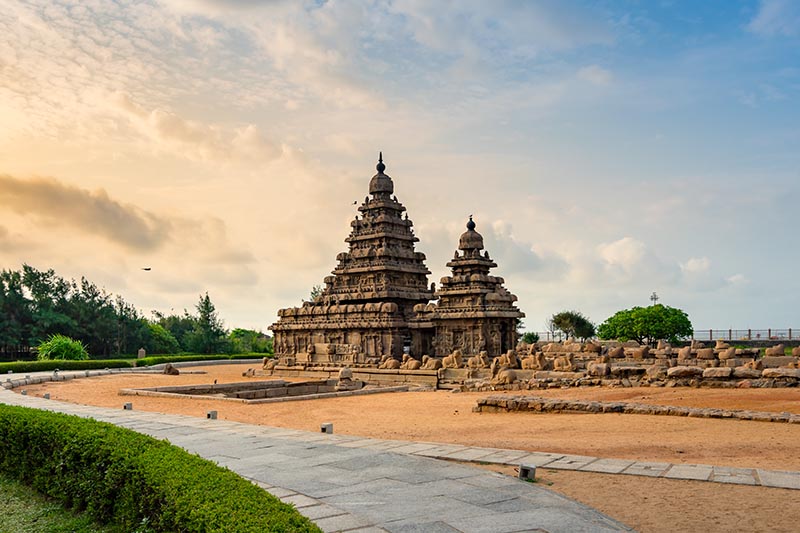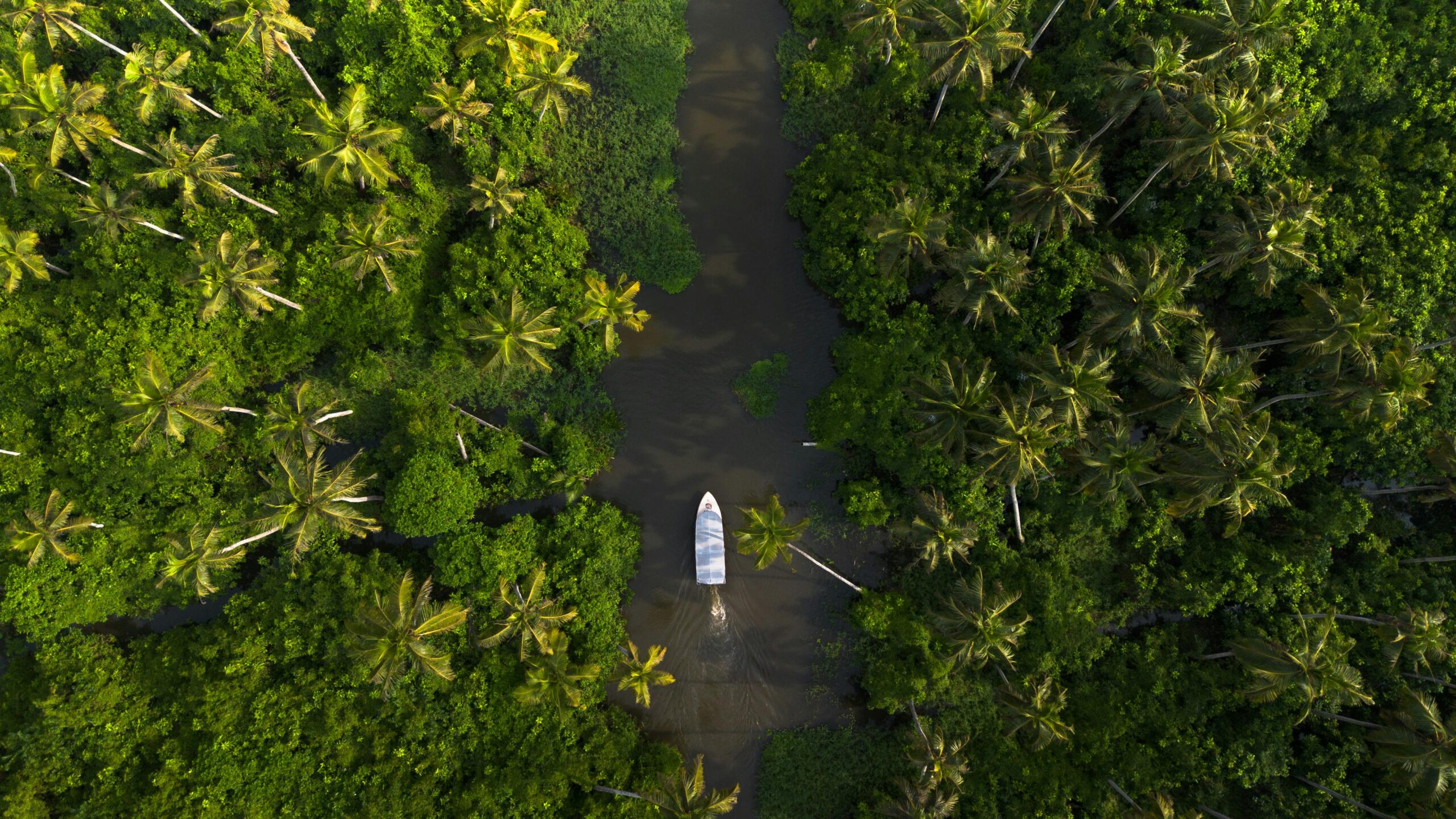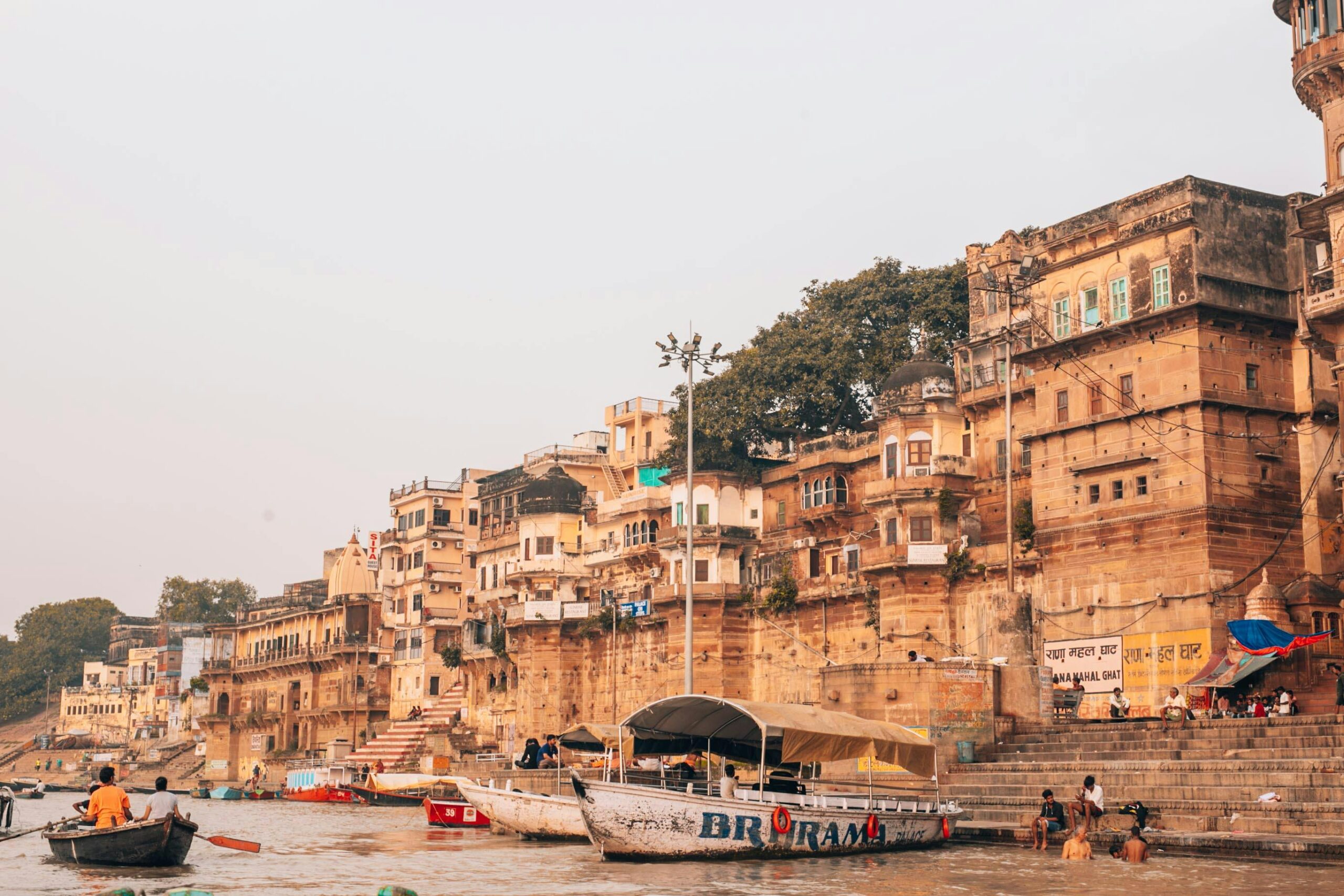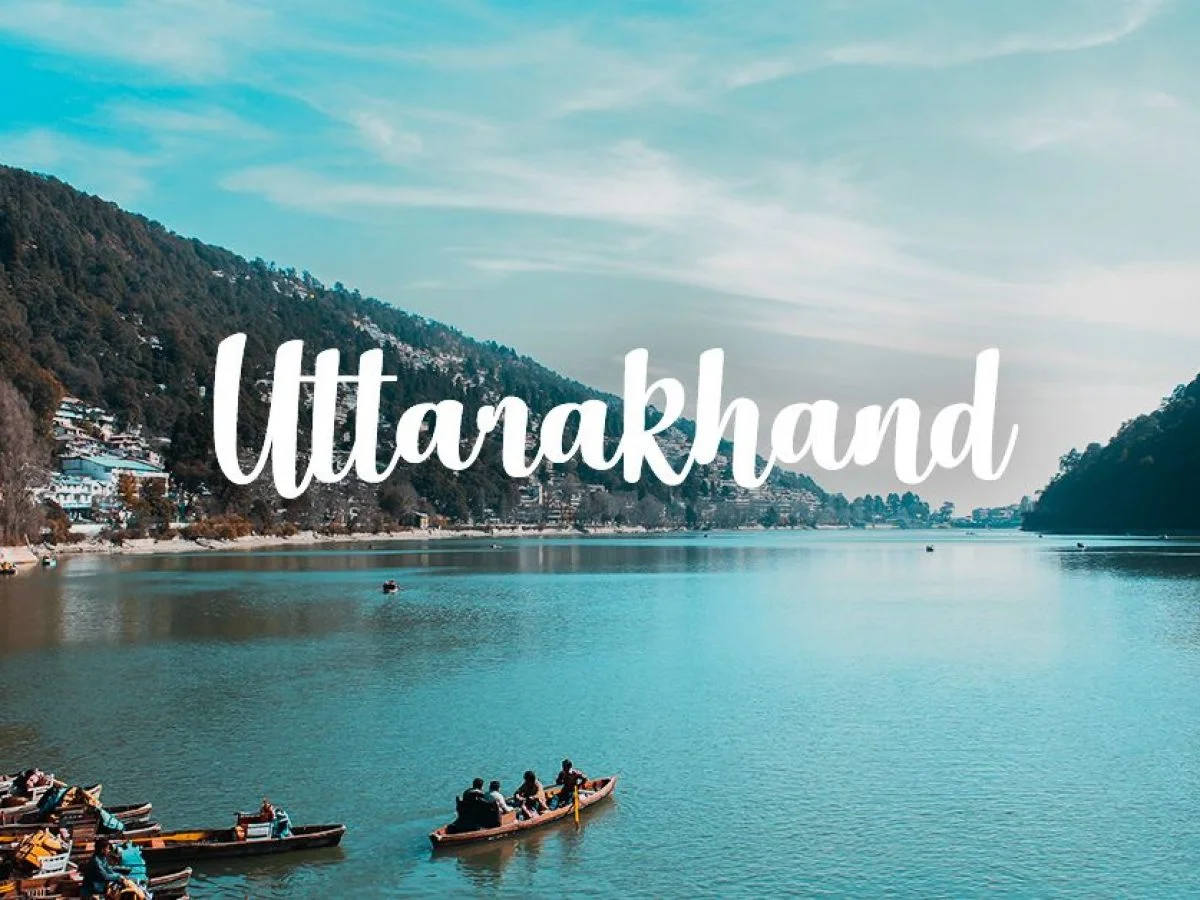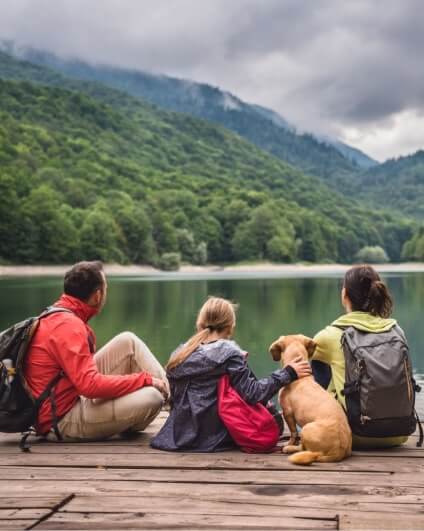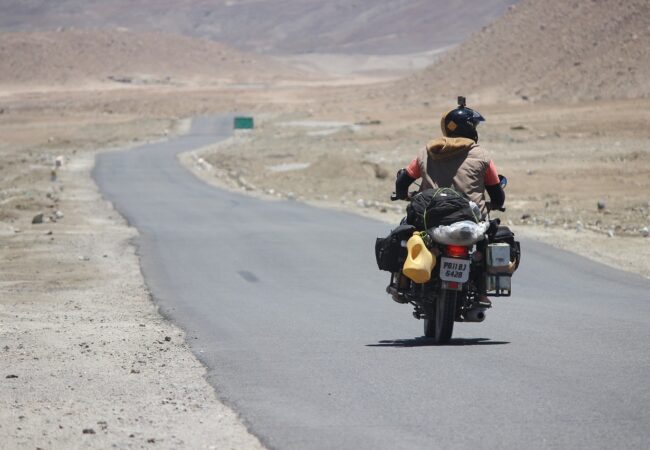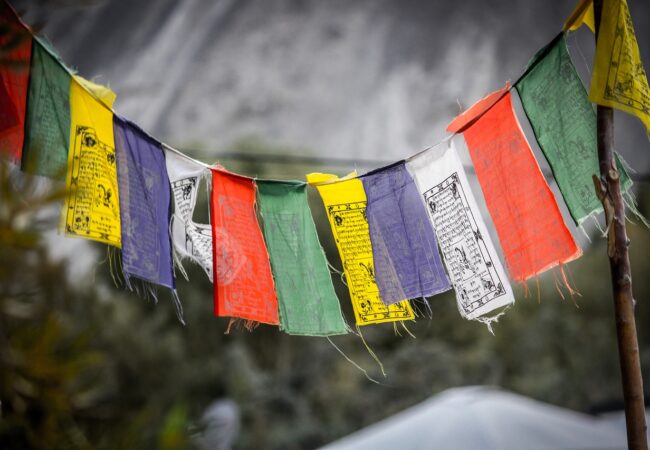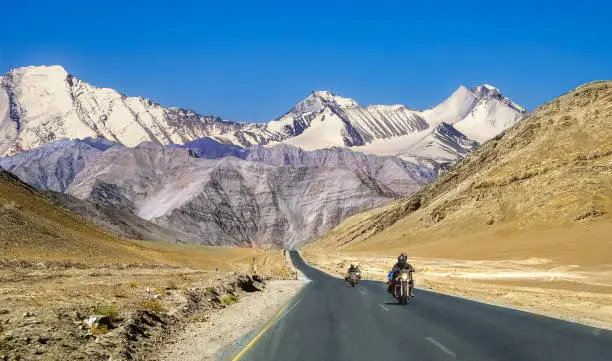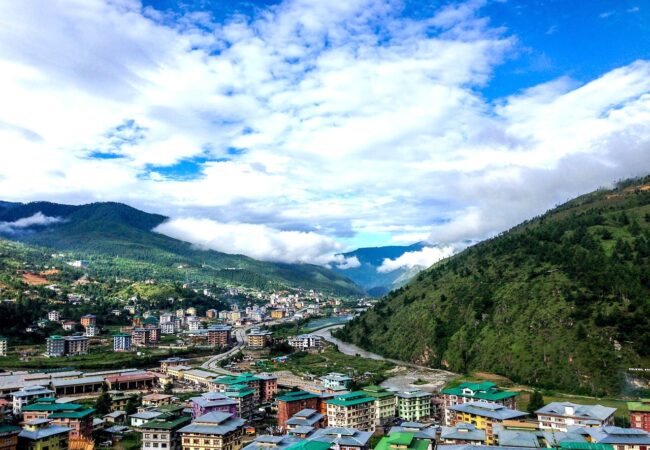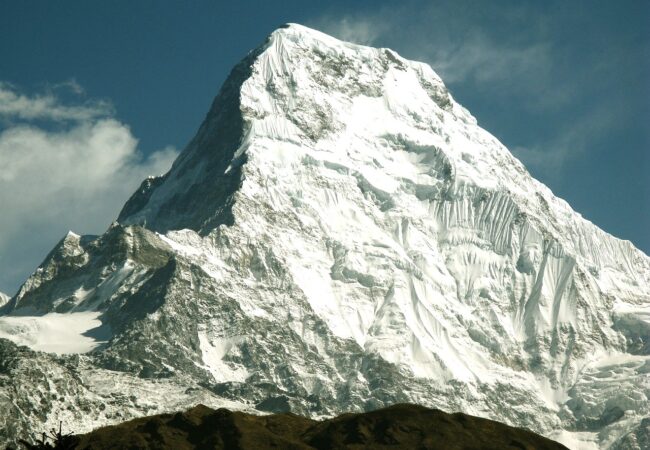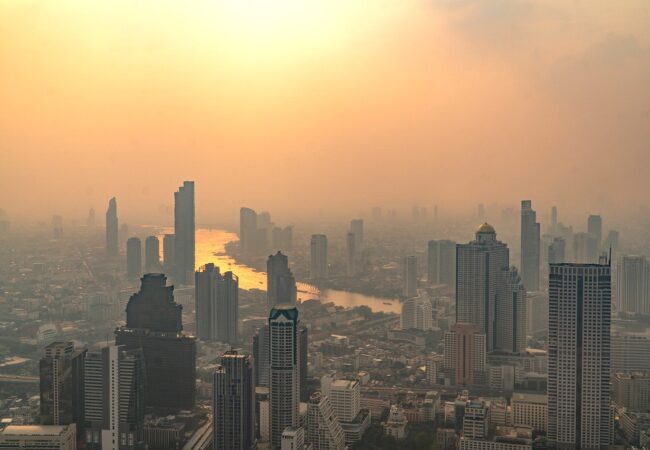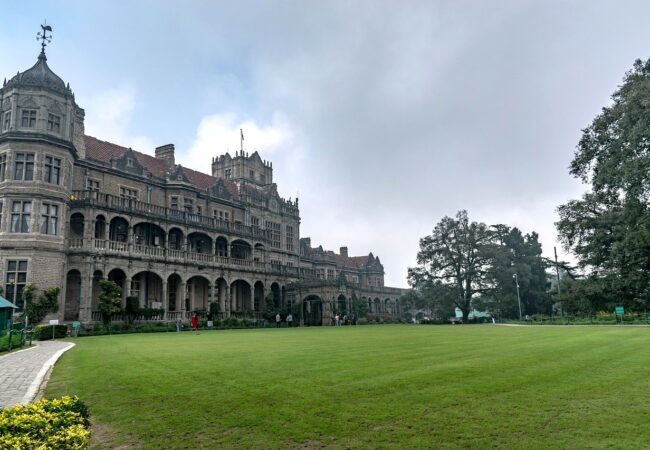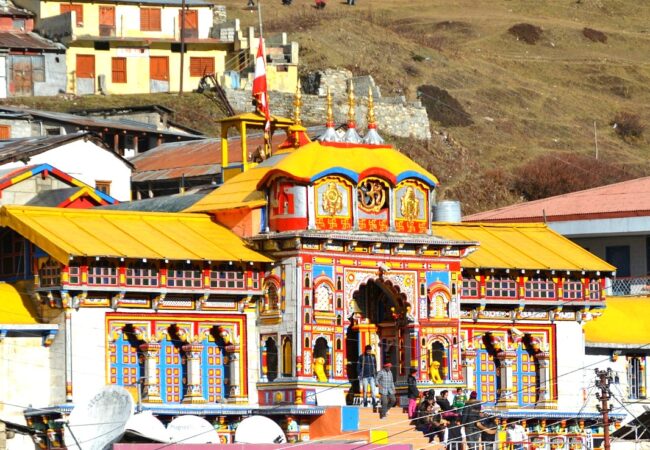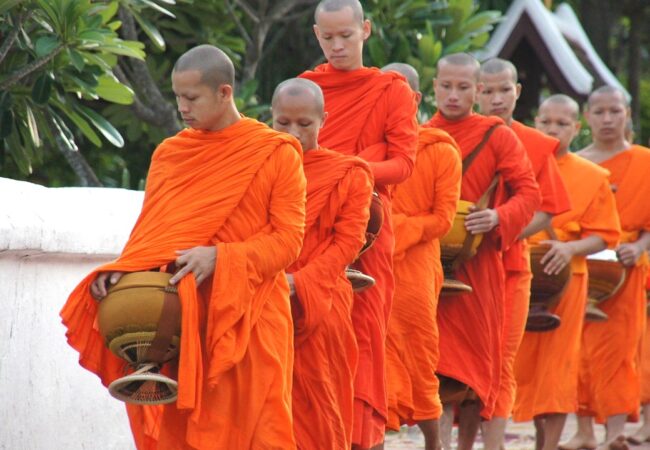Nestled in the northernmost region of India, Leh-Ladakh is a destination that captivates the hearts of travelers with its stark landscapes, vibrant culture, and spiritual aura. Often referred to as the “Land of High Passes,” this remote region in the Indian state of Jammu and Kashmir is a dream destination for adventurers, nature lovers, and those seeking solace in the lap of the Himalayas. With its breathtaking vistas, ancient monasteries, and unique way of life, Leh-Ladakh offers an unparalleled travel experience. This comprehensive guide will take you through everything you need to know about this mesmerizing destination.
1. Introduction to Leh-Ladakh
Leh-Ladakh is a high-altitude desert region located in the rain shadow of the Himalayas. It is bordered by the Karakoram Range to the north and the Himalayas to the south. The region is divided into two districts: Leh and Kargil, with Leh being the largest town and the administrative capital. Ladakh is known for its rugged terrain, barren mountains, crystal-clear lakes, and vibrant Buddhist culture. The region’s isolation and harsh climate have preserved its unique traditions and way of life, making it a fascinating destination for travelers.
2. Best Time to Visit Leh-Ladakh
The best time to visit Leh-Ladakh is during the summer months, from May to September, when the weather is pleasant, and the roads are accessible. During this period, temperatures range from 15°C to 30°C during the day, making it ideal for sightseeing and outdoor activities. The winter months (November to February) are extremely cold, with temperatures dropping to -20°C or lower, but this is also the time when the region transforms into a winter wonderland, attracting adventure enthusiasts for activities like ice trekking and frozen river Chadar trek.
3. How to Reach Leh-Ladakh
By Air:
The easiest way to reach Leh is by air. Kushok Bakula Rimpochee Airport in Leh is well-connected to major Indian cities like Delhi, Mumbai, and Srinagar. Flights offer stunning aerial views of the Himalayas, making the journey itself an unforgettable experience.
By Road:
For those seeking adventure, road trips to Leh are a popular option. There are two main routes:
- Manali to Leh Highway: A 475 km journey that takes you through high mountain passes like Rohtang La, Baralacha La, and Tanglang La.
- Srinagar to Leh Highway: A 434 km route that passes through picturesque landscapes, including the iconic Zoji La pass.
Both routes are open only during the summer months and offer breathtaking views of the Himalayas, rivers, and valleys.
By Train:
The nearest railway station is Jammu Tawi, from where you can take a bus or hire a taxi to Leh. The journey by road from Jammu to Leh takes approximately 2-3 days.
4. Top Attractions in Leh-Ladakh
a. Leh Palace
Perched on a hilltop overlooking the town of Leh, the Leh Palace is a historic structure built in the 17th century by King Sengge Namgyal. This nine-story palace, modeled after the Potala Palace in Lhasa, offers panoramic views of the surrounding mountains and the town below. The palace houses a museum that showcases ancient artifacts, thangkas (Buddhist paintings), and royal memorabilia.
b. Shanti Stupa
The Shanti Stupa is a white-domed Buddhist stupa located on a hilltop in Leh. Built in 1991 by Japanese Buddhist monks, it is a symbol of peace and prosperity. The stupa offers stunning views of the sunrise and sunset, making it a popular spot for meditation and photography.
c. Hemis Monastery
Located about 45 km from Leh, Hemis Monastery is the largest and wealthiest monastery in Ladakh. It belongs to the Drukpa lineage of Tibetan Buddhism and is famous for its annual Hemis Festival, which celebrates the birth of Guru Padmasambhava. The monastery houses a rich collection of ancient thangkas, statues, and manuscripts.
d. Pangong Tso Lake
One of the most iconic landmarks of Ladakh, Pangong Tso Lake is a high-altitude lake situated at an elevation of 4,350 meters. The lake stretches for 134 km, with 60% of it lying in Tibet. Its crystal-clear blue waters and the surrounding barren mountains create a surreal landscape that has been featured in several Bollywood movies, including 3 Idiots.
e. Nubra Valley
Known as the “Valley of Flowers,” Nubra Valley is a picturesque region located about 150 km from Leh. The valley is famous for its sand dunes, double-humped Bactrian camels, and lush greenery. Key attractions in Nubra Valley include Diskit Monastery, Hunder Sand Dunes, and Panamik Hot Springs.
f. Tso Moriri Lake
Another stunning high-altitude lake, Tso Moriri, is located in the Changthang region of Ladakh. Surrounded by snow-capped mountains and rolling grasslands, the lake is a haven for birdwatchers and nature enthusiasts. The area is also home to the nomadic Changpa tribes.
g. Magnetic Hill
Located about 30 km from Leh, Magnetic Hill is a natural wonder where vehicles appear to defy gravity by rolling uphill. This optical illusion is a popular stop for tourists traveling on the Leh-Kargil Highway.
h. Zanskar Valley
Zanskar Valley is a remote and rugged region known for its dramatic landscapes and ancient monasteries. The Chadar Trek, which involves walking on the frozen Zanskar River, is one of the most challenging and unique treks in the world.
5. Adventure Activities in Leh-Ladakh
Leh-Ladakh is a paradise for adventure enthusiasts. Here are some of the top activities you can indulge in:
a. Trekking
Ladakh offers some of the most thrilling trekking routes in the world. Popular treks include:
- Markha Valley Trek
- Stok Kangri Trek
- Chadar Trek
- Lamayuru to Alchi Trek
b. Motorbiking
The rugged terrain and scenic highways make Ladakh a dream destination for motorbike enthusiasts. The Manali-Leh Highway and Srinagar-Leh Highway are iconic routes that attract bikers from around the world.
c. River Rafting
The Zanskar River offers exciting white-water rafting opportunities, especially during the summer months. The Zanskar Gorge is one of the most challenging and scenic rafting routes in the world.
d. Camel Safari
In Nubra Valley, you can enjoy a unique camel safari on the double-humped Bactrian camels, which are native to Central Asia.
e. Cycling
Cycling through the high-altitude passes and valleys of Ladakh is an exhilarating experience for adventure seekers.
6. Culture and Traditions of Ladakh
Ladakh is a melting pot of cultures, with influences from Tibet, Central Asia, and India. The region is predominantly Buddhist, and its culture is deeply rooted in Tibetan Buddhism. The people of Ladakh are known for their warmth and hospitality. Some key aspects of Ladakhi culture include:
a. Festivals
Ladakh is famous for its vibrant festivals, which are celebrated with great enthusiasm. Some of the most popular festivals include:
- Hemis Festival
- Losar Festival (Tibetan New Year)
- Ladakh Festival
b. Cuisine
Ladakhi cuisine is simple yet flavorful, with a focus on barley, wheat, and meat. Some must-try dishes include:
- Thukpa (noodle soup)
- Momos (dumplings)
- Skyu (a traditional Ladakhi dish)
- Butter Tea
c. Traditional Attire
The traditional attire of Ladakh includes the Goncha (a long robe) for men and the Kuntop for women. These garments are often made from wool to protect against the cold climate.
7. Tips for Travelers
- Acclimatize Properly: Due to the high altitude, it is essential to acclimatize properly to avoid altitude sickness. Spend the first day resting and avoid strenuous activities.
- Pack Wisely: Carry warm clothing, even in summer, as temperatures can drop significantly at night. Don’t forget sunscreen, sunglasses, and a good pair of trekking shoes.
- Respect Local Customs: Ladakh is a culturally sensitive region, so it is important to respect local customs and traditions. Always ask for permission before taking photographs of people or religious sites.
- Stay Hydrated: The dry climate can cause dehydration, so drink plenty of water.
- Travel Responsibly: Ladakh’s fragile ecosystem requires responsible tourism. Avoid littering and minimize your environmental impact.

